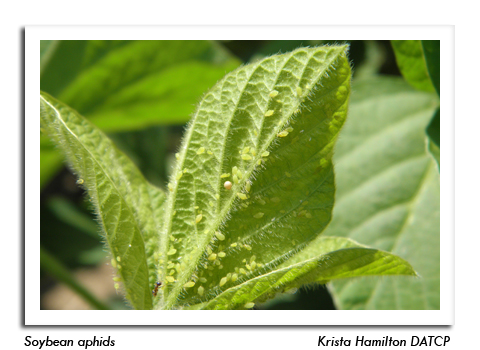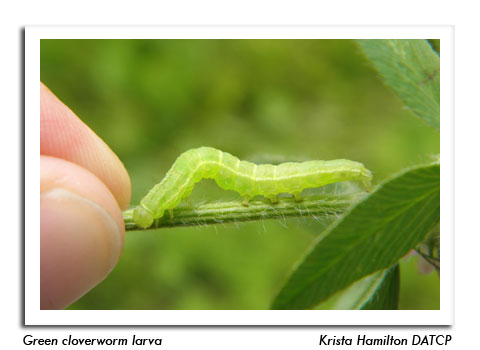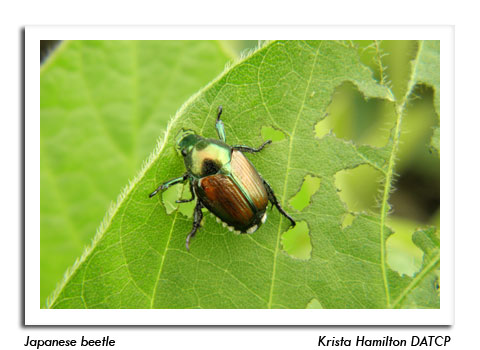
 |
|
|
Soybeans
Volume 59 Number 17 Date 08/28/2014 SOYBEAN APHID - Densities have increased in most fields since mid-August, with about 20% of sites surveyed this week containing economic counts of 250-770 per plant and 28% showing moderate averages in the range of 50-249 per plant. None of these sites had counts above 12 aphids per plant when last sampled in late July. A few late-planted soybean fields may still show benefit from treatment, but aphid populations are expected to decline soon due to biological controls (e.g., lady beetles, lacewings, parasitic wasps, fungal pathogens), reduced nutritional content of soybeans at R5 and beyond, and other environmental factors. Any late-season management decisions for fields in the R5-R5.5 (beginning to mid-seed) stages must be made in the immediate future. GREEN CLOVERWORM - Larvae of various sizes are still causing light defoliation of soybeans in the southern and west-central counties. The damage observed in the past week was minor. Populations have been low since the first caterpillars appeared in mid-July. JAPANESE BEETLE - Adults continue to be active and fairly common in soybeans. Defoliation has not exceeded economic thresholds and control has not been warranted for most fields this summer. The heaviest infestations in soybeans were noted in west-central and northwest counties earlier this month. -- Krista Hamilton, DATCP Entomologist 


|
|
|